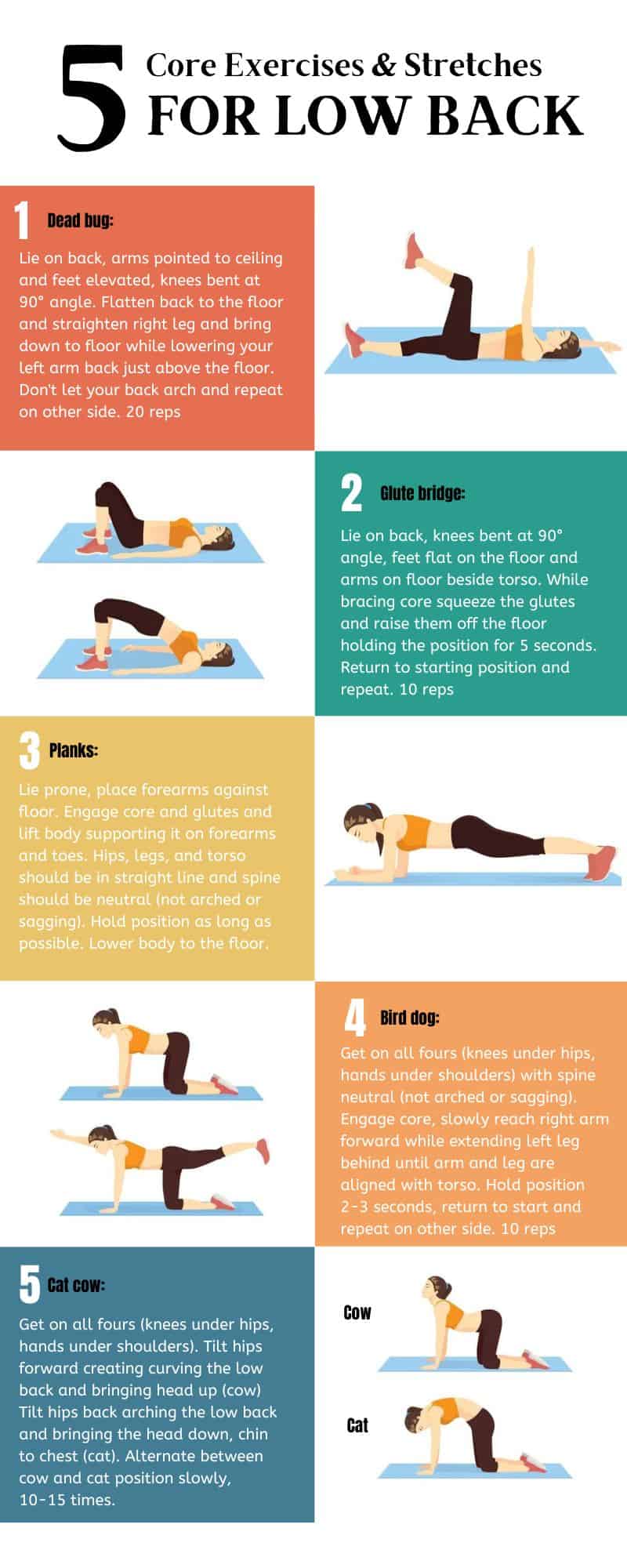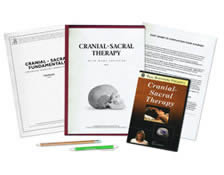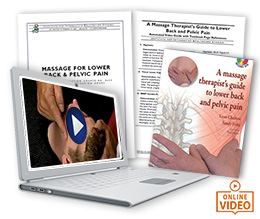

 Want to earn continuing education credit for this article? Learn more.
Want to earn continuing education credit for this article? Learn more.
Back pain relief is one of the most common reasons clients seek massage therapy care. By using various bodywork techniques to relax the major muscles of the lower back, many practitioners gear their practice toward these individuals. While direct manipulation of the contracted, pain-causing low back muscles can bring clients great relief, some simple, often forgotten applications can enhance conventional massage’s therapeutic results.
Clinical studies continually conclude that massage therapy helps people who are suffering from chronic aches and pains on either side of their lumbar vertebrae. Some of the most common bodywork modalities proven to reduce low back pain through circulation enhancement include Swedish massage, acupressure, myofascial release, neuromuscular therapy, and deep tissue massage. Therapists who integrate different types of circulatory massage are often rewarded by clients reporting immediate pain relief. Unfortunately, this pain relief is often short-lived. By incorporating the four tactics listed below, practitioners can prolong their clients’ pain relief far beyond the confines of the massage table:
- Thermotherapy (Heat Therapy) – While the qualities of warmth and heat have long been associated with comfort and relaxation, heat therapy goes further by providing both pain relief and healing benefits for many types of lower back pain. Heat’s ability to dilate constricted blood vessels can calm back muscle spasms before a deep tissue massage, while driving a car, sitting at a desk, or lying in bed.Applying a hot pack or taking a hot bath are two of the simplest ways to apply heat. Caution: Heat can make some conditions worse. Do not apply heat to an infection or recent injury. Do not use heat on acute inflammation, like a flare-up of arthritis. If you or your client is unsure of the cause of pain, refer them to a doctor for an evaluation.
- Core Strengthening – Weak muscles can cause back pain. A strong core distributes the stresses of weight-bearing and protects the back. In general, the core muscles run the length of the trunk and torso, and when they contract, they stabilize the spine, pelvis, and shoulder girdle and create a solid base of support. Core strengthening can include exercises on a stability ball or wobble board, Pilates, and yoga.
Below are some exercise/stretching options:

Dead Bug & Bird Dog
Glute Bridge
Planks
Cat Cow
- Stretching – Shortened muscles can cause back pain. Tight back muscles, gluteal muscles, and even tight hamstrings or quadriceps can disrupt spinal alignment and cause pain. Stretching these muscle groups improves spinal mobility to prevent or reduce back pain.
Video: TEN Best Stretches for Lower Back Pain and Stiffness
- Cranial-Sacral Therapy – This gentle healing modality is intended to free cerebral-spinal fluid restrictions within the closed system of the cranium, spinal column, and sacrum. Although most people’s association of cranial-sacral therapy’s effectiveness is restricted to the head and neck, this osteopathic-based bodywork can also release sacral adhesions, thereby relieving low back pain.
By incorporating these four tactics into a treatment plan, massage therapists can lengthen the time their clients experience low back pain relief. For clients with chronic low back pain, here are some examples of ways to implement these suggestions:
- Being careful not to burn your client, lay a hot pack on their lumbar muscles before working on that area.
- Advise your clients to take a hot bath or use a hot pack at the end of their day or whenever their back hurts the most.
- Suggest that the client might feel some relief by incorporating some core strengthening exercise along with low back stretches. Recommend that they seek out a physical therapist to create an exercise and stretching regimen. If they are not interested, credible resources are easily obtained online along with video demonstrations. Encourage a gentle progression as they begin these exercises and stretches.
- If you haven’t already, learn how to apply cranial-sacral therapy. Remember that freeing restrictions along the cranial-sacral system can improve chronic pain located adjacent to the spine or sacrum.
As long as safety remains the practitioner’s primary consideration, heat therapy, core strengthening, low back stretching, and cranial-sacral therapy may alleviate pain longer. By combining an integrated regimen of massage therapy techniques with the four commonly overlooked applications described above, massage therapists can help their clients attain prolonged relief from chronic low back pain.
Earn continuing education credit for this article contained in our Low Back Pain series. Click here to enroll.













